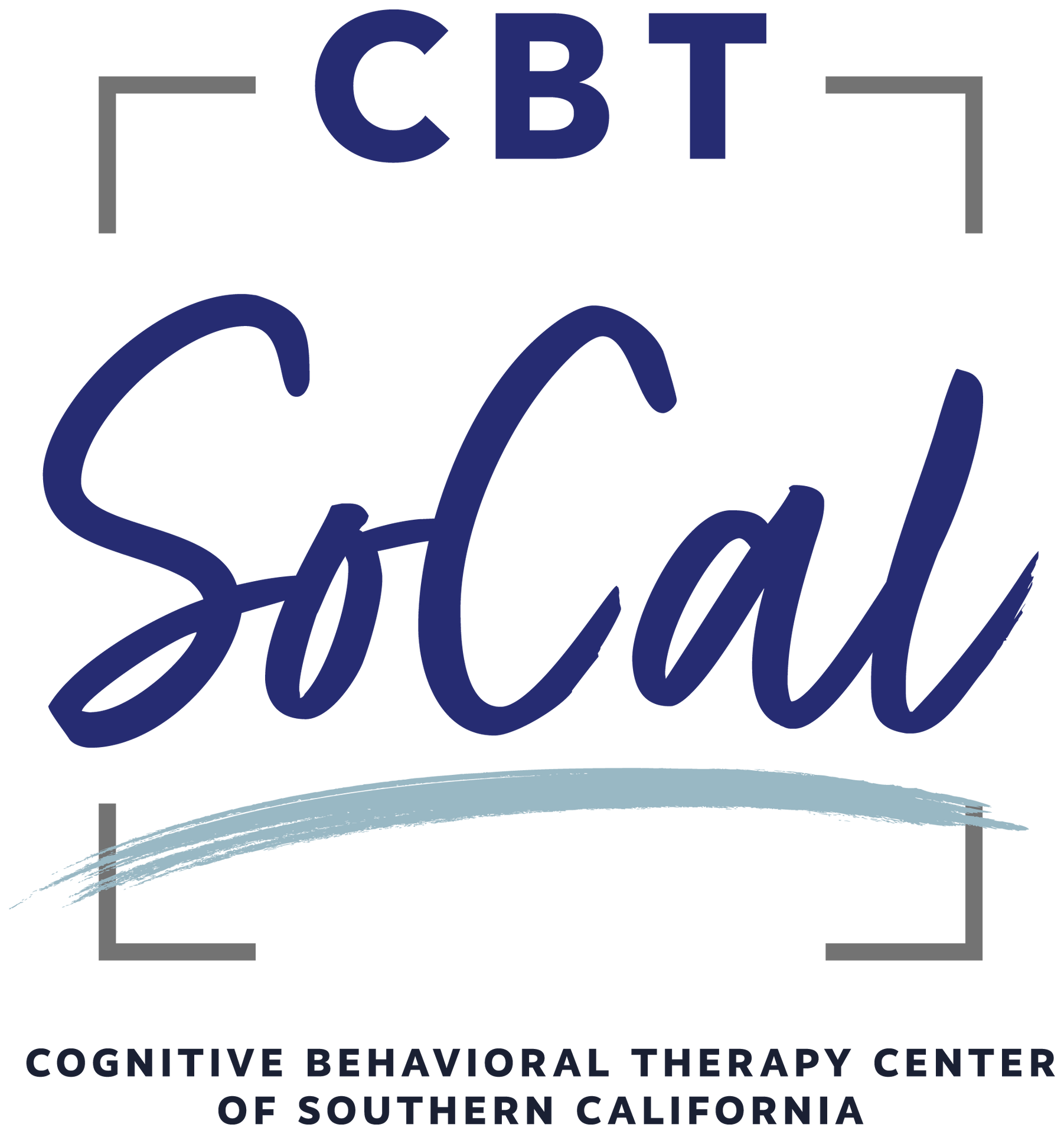What do (PCIT) Parent Child Interaction Therapy sessions look like?


In our last PCIT blog post, we talked about what kinds of kids and caregivers Parent Child Interactional Therapy works best with. Oftentimes, caregivers learn about PCIT and think it will help, but want to know more specifically….
What will my (PCIT) sessions look like?
Parent Child Interaction Therapy (PCIT) consists of two parts and it is different than what most people think of when they think of “family therapy”. A typical session will look like parent/caregiver and child in a play therapy room, playing together. The parent or caregiver will have an earbud in one ear in order to hear coaching suggestions and tips from the therapist. The therapist will spend the majority of the session in a separate room, behind a two-way mirror, watching the caregiver and child play, while giving instructions to the caregiver through the earpiece.
This allows the therapist to teach the caregiver parenting skills that have been proven to be effective when managing children with difficult behaviors. This setup allows the therapist to witness behavior that typically goes on in the home, how the child and caregiver interact, and to step in (in real time) to help the caregiver make adjustments in how he or she responds to the child’s behavior. This is extremely helpful for the parent or caregiver because he or she is able to learn, in the moment, with the assistance and support of the therapist’s voice in their ear.
The PCIT approach has been shown to be very effective in reducing destructive or difficult child behaviors and improving the parent-child relationship. Learn what you can do to enjoy your child again!
Let us help you reduce your parental stress!
If Parent Child Interaction Therapy (PCIT) sounds like something you and your child might benefit from, please CONTACT US at the Cognitive Behavior Therapy Center of Southern California to set up an assessment with one of our child clinicians.
Author Erica D’Ambrosi, LMFT is a child and adolescent behavioral specialist and practices in Torrance, CA.

Karen Kerschmann, LCSW
It’s a been a debate with some of my peers and interns as far as how to provide the best interventions for dysregulated children whose symptoms mimic ADHD or ODD, but also could be due to trauma.
Are there times you do just CDI alongside Trauma-Focused CBT? What are your thoughts on using the full PCIT protocol with a child suffering from chronic trauma or even anxiety-based disorders?
Your feedback would be appreciated by all of us- thanks in advance!
Karen
Cognitive Behavior Therapy Center
It is VERY common for children with a trauma history to have symptoms that mimic ADHD and/or ODD, but may in fact be better explained by trauma/anxiety-related symptoms. Research has shown that PCIT can be effective for each of these disorders as well as for the cases that aren’t as clear-cut as you mentioned. So, the full PCIT protocol for children with trauma is definitely effective! In fact, UC Davis has somewhat adapted PCIT specifically for the use with traumatized children who are presenting with externalizing behavior problems. They have also developed printouts with helpful tips on how to do trauma-informed CDI and PDI coaching.
Trying to do PCIT and TF-CBT simultaneously would likely be challenging due to all that goes into each treatment, making it difficult to follow each protocol as best as possible to produce desired outcomes. However, teaching PCIT skills during the psychoeducation/parenting skills module of TF-CBT could definitely be helpful and is often done by therapists during the collateral sessions. While trained in PCIT at UC Davis it was taught that it’s best to start with and focus on one treatment and then re-assess at the end to determine if starting the alternative treatment would be helpful at that time. For example, if a child with a trauma history is primarily presenting with externalizing behaviors, then it might be best to start with PCIT and at the end of this treatment determine if starting TF-CBT would be appropriate given the extent of leftover trauma-related symptoms.
Here is the link to the UC Davis PCIT webpage, which has lots of helpful resources including the trauma-informed coaching strategies and research about using PCIT with traumatized children https://pcit.ucdavis.edu/forms/cdi-forms/